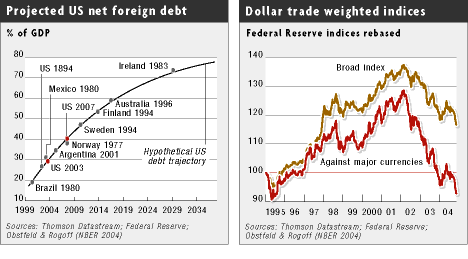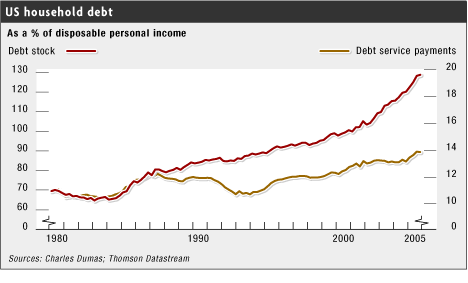Economics Plaza Agreement and Louvre Accord foreign exchange markets g7 nations
Post on: 16 Март, 2015 No Comment

Advertisement
Expert: Luis Miguel Ochoa — 5/22/2007
Question
I am a student of history with little knowledge of economics. In several books on American and world history I have recently heard reference to two international agreements, called the Plaza Agreement and the Louvre Accord, which were approved by the G7 during the 1980’s. There are many features of these agreements that I don’t understand. Under the terms of the Plaza Agreement the US dollar was apparently deemed overvalued, and the participants agreed to bring its value down. I was under the impression, however, that by then the United States already used a floating exchange rate, and that the value of the American dollar was determined by supply and demand on foreign exchange markets. How, in that case, did the American dollar become overvalued? Also, to what extent during the 1980’s and to what extent now is the value of the American dollar set by the G7, and to what extent do foreign exchange markets influence its value? The second agreement, called the Louvre Accord, determined that the American dollar had depreciated to an appropriate level and that the G7 would now work to stabilize it at its current value. Exactly what actions did the governments of the G7 nations take in order to ensure that the value of the American dollar would be stabilized? Is this agreement still in effect today, and if so, what actions are being undertaken today at a government level to ensure stability of the American dollar? Thank you in advance for your reply, I was unable to find a non-technical explanation to these questions in any book or website I consulted.
Answer
Q: Plaza Agreement the US dollar was apparently deemed overvalued, and the participants agreed to bring its value down. The US was using a floating exchange rate at the time, and that the value of the American dollar was determined by supply and demand on foreign exchange markets.
How, in that case, did the American dollar become overvalued?
A: The USD can remain floating and still become overvalued. To be floating means that the nation has an independent central bank. I would think that the Plaza agreement was merited by an overvalued USD if the G7 agreed to it. You would need the historical inflation rates for each of the G7 nations to figure this one out.
Also, to what extent during the 1980’s and to what extent now is the value of the American dollar set by the G7, and to what extent do foreign exchange markets influence its value?
G7 member nations can hold onto reserves worth in dollars. The extent depends really on the nation. Off the top of my head, I think many of them do hedge against currency risk using the US Dollar. This use of USD however is minimal, as G7 are very stable economies. The 1980s were characterized by a relatively weaker US economy. Relative compared to nowadays; as the economy was contracting, its currency was being worth increasingly less compared to other G7 member nations.
Nowadays, the US is more robust and its currency is held by a wider array of governments. Contrast G7 with emerging market economies like China, who hold a substantial level of USD. If they release that into the market, via supply-demand rules, a greater supply of global USD made available to the public would lower the worth of the USD. Foreign exchange markets have the same kind of influence. If China is selling off their USD, then other holders will want to capitalize before the price falls, and sell their stock of USD as well.

Louvre Accord, determined that the American dollar had depreciated to an appropriate level and that the G7 would now work to stabilize it at its current value.
Exactly what actions did the governments of the G7 nations take in order to ensure that the value of the American dollar would be stabilized?
They can buy USD on the market by exchanging their foreign currencies for the USD. Via supply-demand dynamics, this influence would boost the value of the USD.
Is this agreement still in effect today, and if so, what actions are being undertaken today at a government level to ensure stability of the American dollar?
I would say at a much lesser extent the agreement is active. I say this knowing that in the news there have been concerns about the falling dollar, and I haven’t heard much from any methods to stabilize the value. It’s definitely more of a free market approach as opposed to active government intervention.
Questioner’s Rating














